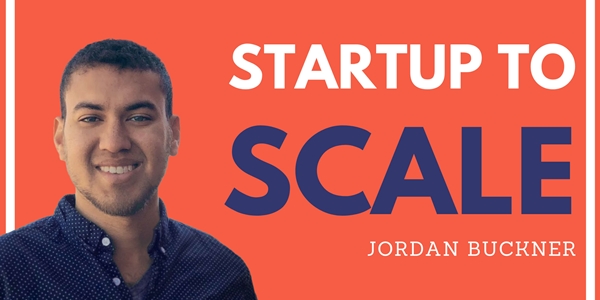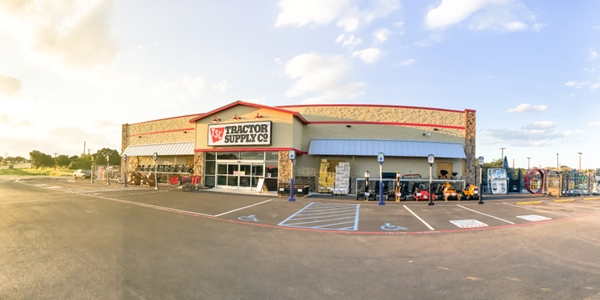Back in August, Meta announced it would raise the price of its Meta Quest 2 VR headset by $100. This marked the first time in history that a video game console got more expensive after its release. (The MSRP typically drops as components become cheaper.) A few weeks later, Sony followed suit internationally for its already-impossible-to-find PlayStation 5.
The companies blamed R&D costs and inflation respectively, but these moves are part of a larger trend: the end of the loss leader strategy. In a tough economy, businesses want to see profits right now instead of selling at a loss upfront — as Microsoft has always done with the Xbox — to make hypothetical profits later.
If It’s Too Good to Be True …
Remember commuting to work in a rideshare for $5 or less in the 2010s? We all did the math in our heads — insurance, gas, maintenance, the actual car — and couldn’t figure out how it made sense. Turns out, Uber and Lyft were playing the long game and putting the competition out of business.
“For the past decade, people like me — youngish, urbanish, professionalish — got a sweetheart deal from Uber [and] the Uber-for-X clones,” wrote Derek Thompson in a recent essay for the Atlantic. “Almost each time you or I ordered a pizza or hailed a taxi, the company behind that app lost money. In effect, these start-ups, backed by venture capital, were paying us, the consumers, to buy their products.”
Thompson called this the Millennial Lifestyle Subsidy. And unfortunately for consumers, it appears to be over … just as Uber finally became profitable.
Sure, Gillette will still sell you a dirt-cheap razor (with expensive refills), Epson will charge almost nothing for a printer (with expensive catridges), and Costco CEO Craig Jelinek will never charge more than $1.50 for a hot dog and soda. But the tech industry is pivoting away, especially as VC-funded start-ups become IPOs with obligations to shareholders.
Is the Loss Leader Model Still Right for You?
If gigantic tech companies can’t make the discount strategy work, do small and midsize businesses have a chance? As is often the case, the answer is, “Yeah … but only sometimes.” Here are a couple time-tested cases:
- Purge unwanted merch: Got stock sitting? Sell it at a loss to clear your excess inventory while recouping a bit of cost, tempting new customers, and building your brand.
- Analyze your marketing reach: By attracting customers to your site with a killer deal, you can grab insight on the effectiveness and geographic spread of your marketing efforts.
With rare exceptions, the loss leader model isn’t sustainable. Consider it a temporary expense that might just come with some permanent customers.






